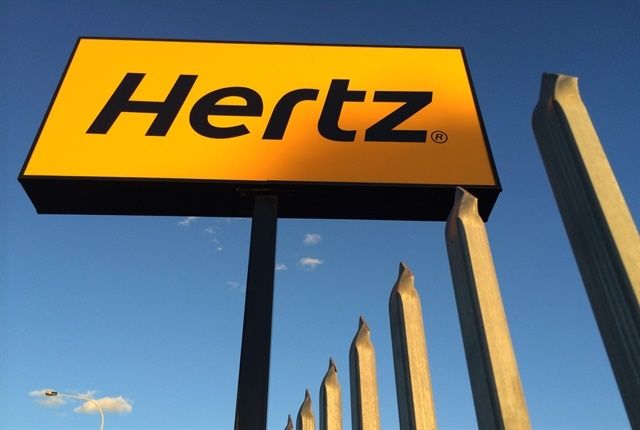
Chapter 11 is an expensive process, including the obligations that debtors must pay while in bankruptcy.
Photo via Enjosmith/Flickr.
The sub headline under the Hertz bankruptcy is “Hertz fire sale will flood the used car market and depress prices.” This analysis won’t get us closer to knowing exactly to what extent pricing will be affected — if anyone can do that — but it will reveal the extent of the situation.
To understand the moving parts, we need to understand approximately how many vehicles Hertz needs to sell, by when, the outlets for those sales, and then put it context of the larger market.
As a benchmark, let’s start with Hertz’s reporting of 518,580 vehicles in its U.S. fleet as of March 31. That figure should be lower as of the bankruptcy, as Hertz was able to return its guaranteed depreciation (program) units to the manufacturers. (In the fourth quarter of 2019, Hertz reported that 29% of its vehicles were program cars, though that percentage has likely dropped to date in the second quarter.)
Hertz had the ability to cut its workforce in half because of the pandemic, but it can’t realistically cut fully half of its fleet due to the decline in demand. Though the ABS holders want to get paid sooner than later, they’ll need to allow Hertz enough of a cushion to operate.
We hear that the insurance replacement business remains strong (remember Hertz owns the State Farm business) and assuming an estimated 40% utilization, that means roughly 210,000 cars are on the road right now. A realistic cushion that also meets potential increases in demand would mean that Hertz could realistically sell off 130,000 vehicles, but not more than 200,000. Of course, this is part of the negotiation Hertz will have with the bankruptcy judge and the ABS holders.
That’s seemingly a lot of cars to sell, but let’s layer that over Hertz’s “normal” buying and selling: In 2019, Hertz had 501,767 vehicles in the U.S. at the end of the first quarter. This swelled to 554,794 vehicles by June 30 and then to 566,229 by Sept. 30. Hertz ended the year with 534,879 vehicles.
The maximum range in the four quarters was about 65,000 vehicles, an indication of the wholesale activity during this time. If Hertz needs to sell, say, 150,000 vehicles, that’s a net growth of 85,000 into the used car market.
Chapter 11 is an expensive process, including the obligations that debtors must pay while in bankruptcy. But this one is complicated. Very complicated. Many speculate it won’t end soon.
Further, under the terms of the bankruptcy, Hertz won’t be legally obligated to start selling for the duration of the “automatic stay” period, which will last for as long as the bankruptcy judge determines.
Normally, holding onto those cars would be a bad idea, as they depreciate whether moving or not. Of course, this time is anything but normal: Wholesale supply remains elevated but is dropping from where it was when pricing was its weakest during the pandemic, says Cox Automotive’s Jonathan Smoke.
“Retail pricing has held up and we estimate that retail supply is now below normal,” Smoke said. “Used retail sales have seen a strong recovery. New vehicle sales will not be as much of a competitive threat later in the year as supply is already thinning and production is hampered by vast supply chain and productivity issues.”
As the market improves, Hertz should be able to sell through its retail sales lots and convene some special sales for hungry dealers. For the major auctions, Manheim and Adesa, keeping physical auctions closed and deferring to virtual-only sales may ironically keep prices elevated.
Weighing on this is how other car rental companies approach shedding fleet too, but the situation overall isn’t as drastic as the headlines infer.
For car rental in general, the looming issue concerns asset-backed securities as an instrument to fund fleet. ABS will likely advance a lower percentage of acquistion cost as a protection from future bankruptcies. What was 70% is now 80% and could go back down to 70%.
For the major car rental companies, a 10% reduction in the advance rate could force them to raise an extra $1 billion or more to get those cars on the road.

